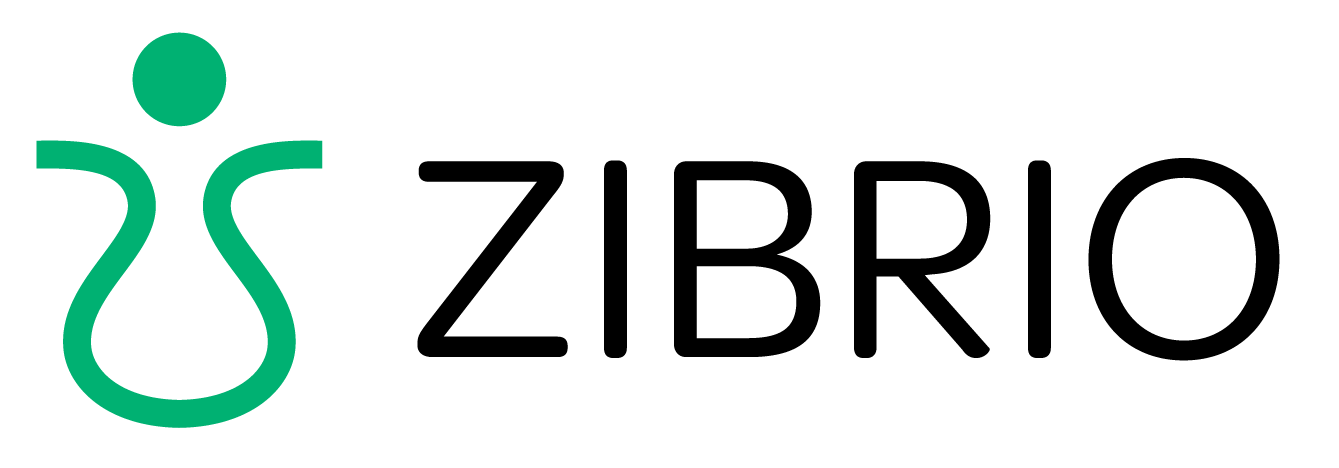What is fall forecasting?
Leaves are not the only thing falling in Autumn. People fall.
They stumble. They trip. They lose their balance. And it happens more often when they get older. Yet, falling leaves are easier to forecast than human falls. Detection is common, prediction is rare. Fall forecasting is the way to reduce the chance of a fall before it happens.
Many medical alert systems and smartwatches contain a fall detection feature. Sensors in a device detect sudden movements that might be falls. If they detect that the wearer might have fallen, they will alert a family member or medical team. Fall detection is beneficial because it can get help to someone more quickly in an emergency situation. However, fall detection does nothing to prevent falls or injuries from happening.
Some smartwatches have started to try to anticipate a fall by sending an alert if it detects that the user is unstable for a period of at least 1 minute. However, many falls happen as a result of a sudden trip or slip which is not preceded by a detectable minute of instability. Furthermore, smart watches and other fall detection devices must be worn by the user at all times in order for them to be useful. Many falls happen at night when the user might not be wearing the device.
Fall forecasting is an entirely different approach to fall detection. Instead of sending an alert to a family member after a devastating fall has already occurred, what if you could anticipate a fall up to 12 months ahead of time, with plenty of lead time to make lifestyle changes to prevent the fall from occurring altogether?
The benefit of fall forecasting is that it allows you to take action to reduce your fall risk and intervene before a fall happens. Falling is not simply a normal part of aging. Once you know you are at risk of falling due to receiving a fall risk score from the ZIBRIO Stability scale, you can tell your doctor about this fall forecast and speak with them about which course of action is right for you to start reducing your fall risk. There are many things that can increase your risk of falling, such as muscle weakness, sleep deprivation, dehydration, poor nutrition, and medications. Some people may be referred to physical therapy to work on strength and balance, or may choose to get more sleep and stay better hydrated. Your doctor or other healthcare professional can help you work out what is right for you.
Stand still on the Stability Scale for 60 seconds to get a balance score from 1-10.
The ZIBRIO Stability Scale is a fall forecasting device. Rather than something that must be worn on the body at all times to take in-the-moment readings, the Stability scale can be used to measure your fall risk a time that is convenient for you. Simply stand still on the scale with your eyes open for one minute. During this minute-long balance test, the Stability scale measures the small sway movements that your body makes. The scale’s embedded algorithm assesses your body’s pattern of stability, and gives a fall risk score from 1 to 10. Low scores of 1-3 indicate that you are at a high fall risk. People who score lowest (1-3) are 3X more likely to fall in the next 12 months compared with people who score highest (7-10).*
To learn more, read Judy’s story about how working with a physical therapist and taking balance exercise classes helped her get out of the high-fall-risk zone. Or, read more about how the ZIBRIO Stability Scale can help you achieve your goals.
*Forth KE, Wirfel KL, Adams SD, Rianon NJ, Lieberman Aiden E and Madansingh SI (2020) A Postural Assessment Utilizing Machine Learning Prospectively Identifies Older Adults at a High Risk of Falling. Front. Med. 7:591517. doi: 10.3389/fmed.2020.591517


